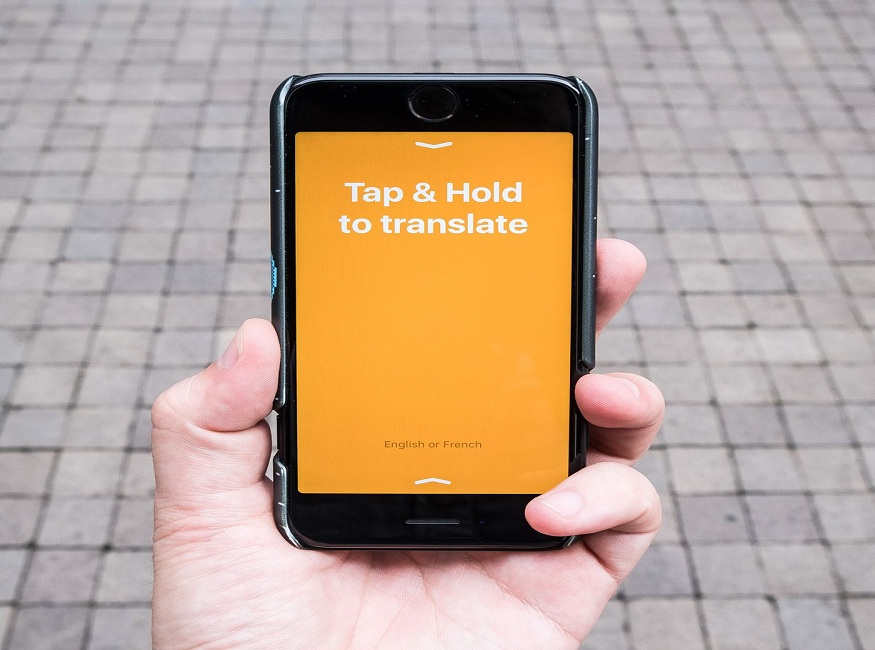
Factors To Look For In A Translation App
A translation app is a piece of software that provides translation services. Machine translation technology is typically used to translate written text or speech from one language to another. The app is compatible with various devices, including smartphones, tablets, and computers.
Translation apps typically analyze text or speech input and produce a real-time translation. Speech recognition technology is also used in translation apps to transcribe speech into text, which is then translated into another language.
A translation app can be used for various purposes, such as traveling to a foreign country, communicating with people who speak different languages, or improving language skills. Many translation apps are free, while others require a subscription or a one-time fee.
How does a translation app work?
A translation app works by translating written text or speech from one language to another using machine translation technology. The app usually includes a user interface, a database of language models, and a translation engine that does the actual translation.
Here’s a general overview of the process:
- The user enters text or speech into the app by either typing it in or speaking into a microphone.
- Speech recognition: If the user speaks into a microphone, the app will transcribe the speech into text using speech recognition technology.
- Translation: The app analyzes the input text or speech and generates a translation in the target language using machine translation technology. The app may use other language models and NLP (natural language processing) algorithms for different languages to analyze grammar, syntax, and context.Output: The app displays the translation on the screen or reads it aloud, depending on the user’s preferences.
You can also look for real-time translation solutions when it comes to audio translation. This can be useful for live events such as business meetings or presentations where the translation is required immediately.
When choosing a translation app, there are several factors to consider to ensure that you find the best app for your needs. Some of the key factors to look for include the following:
- Language support: Ensure the app supports the languages you need to translate. Some apps support only a few languages, whereas others support many languages.
- Translation quality: Take into account the app’s translation quality. Some apps may generate more precise and natural-sounding translations than others. You can look at the app’s reviews and ratings and try it out for yourself to get an idea of how well it translates.
- Look for an app with a user-friendly interface that is simple to use and navigate. Consider whether the app supports both text and speech input and whether it allows you to change the font size and color, among other things.
- Offline support: Look for an app that offers offline support if you intend to use it while traveling or without an internet connection. Some apps may allow you to download language packs for offline use, whereas others may not.
Live translate can also aidcommunication and understanding between people who speak different languages. You can have real-time, instant translation of speech or text with live translation, making it easier to communicate with people who speak other languages. This is especially useful in business and travel situations where speed and accuracy are critical.
Final Remarks
A translation app can help people overcome language barriers and improve communication and accessibility, especially if they are not fluent in a particular language.


